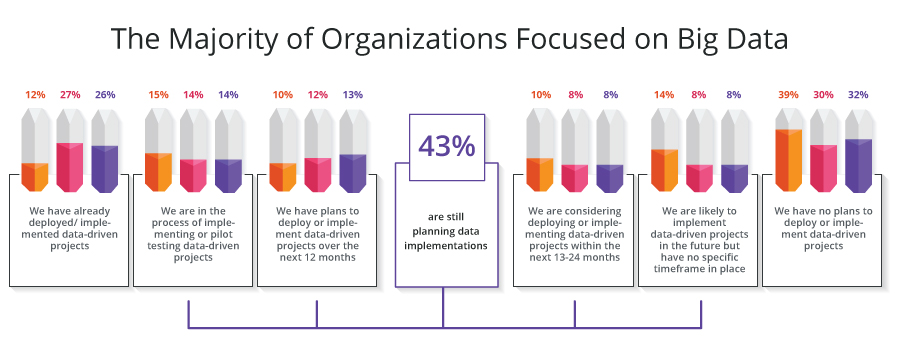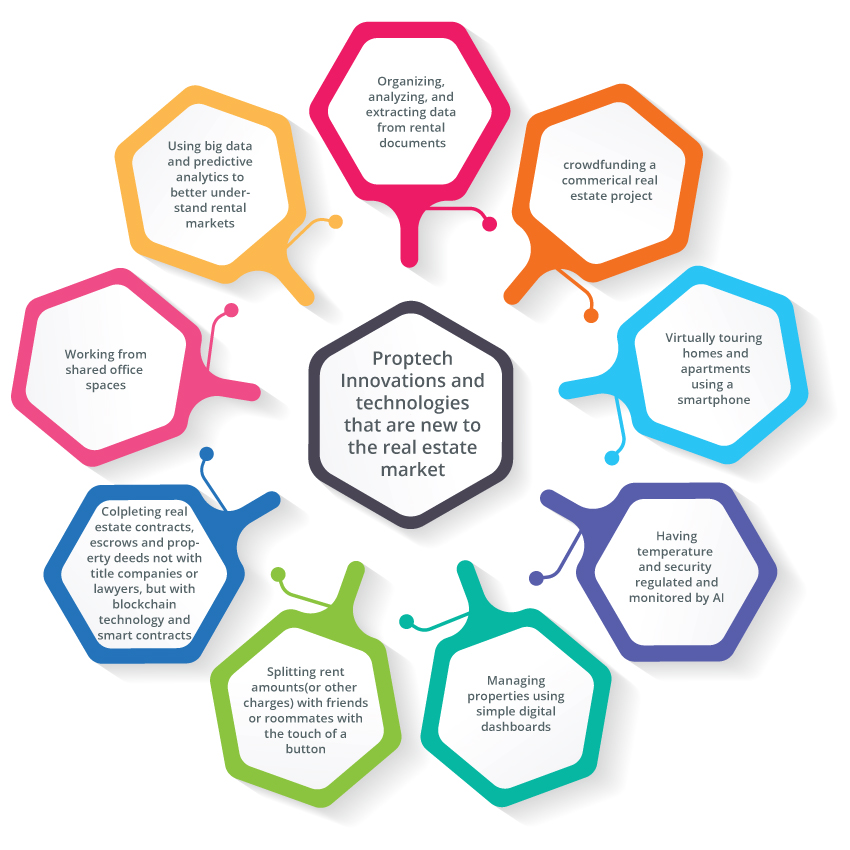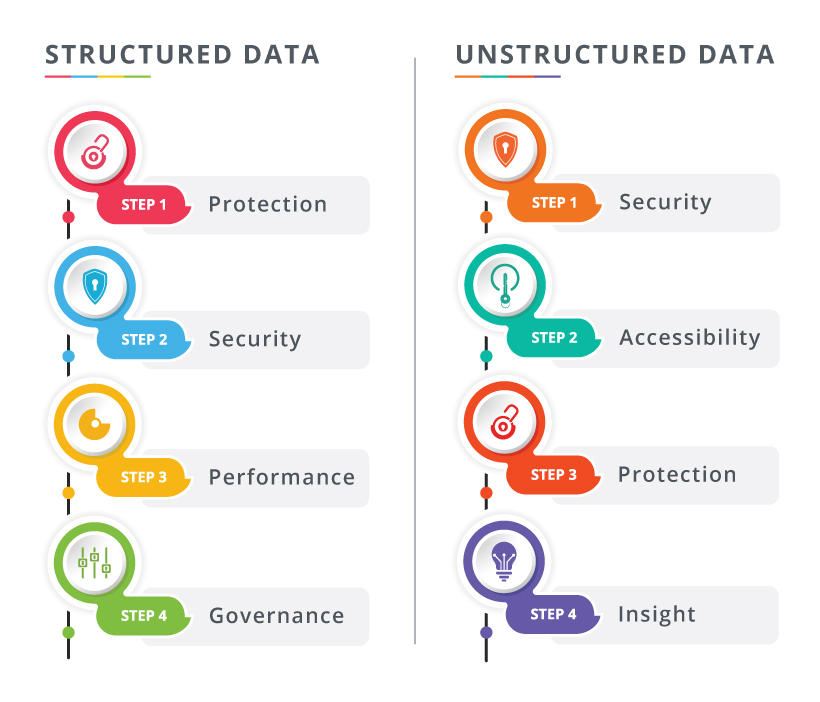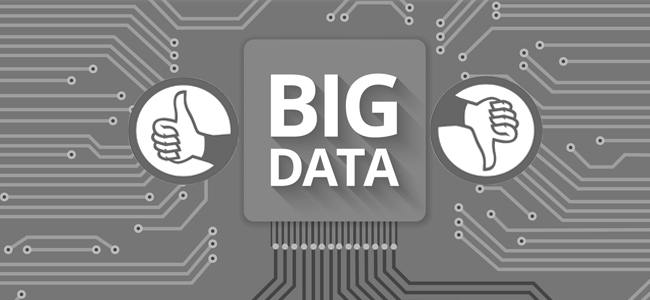With the worldwide adoption of data capturing and data analysis, everyone is running to catch up with technology. Though we know there is real value in having access to data, we are still figuring out how to utilize it properly. But the question is: what are we allowed to do with all this data?
Big data analytics and insights can examine large amounts of data in a flash, and they can uncover hidden patterns and correlations that the human eye can’t detect. This all takes place almost immediately. And so, we have arrived at the present, which poses an entirely new world with new prospects – and also new dangers.
Big Data Integration Tools for Better Business Value
Not only is the big data platform proving valuable insight into business processes, but it is also augmenting human skills in judgment-based functions. Though this futuristic ideal sounds like something we remember seeing in movies, or in our dreams, while growing up, it was an unavoidable eventuality.
This new trend in relying on technology to aid business growth is primarily fuelled by innovations, data collection and its exponential growth, and the price performance of data storage. In the business world, strategic capturing and analyzing data has become the primary focus.
According to IDG research, only 26% of companies know what questions to ask after collecting all the data. While industry leaders allow the data to show them where to go, the biggest problem is that many still have no idea what to do with the data. This indicates that big data implementation and big data analysis, has still not reached the point of total integration. This could be because many things have become apparent during this data capturing shift.

- Since the technological landscape changes regularly, the legal constructs that had governed relationships between contracting parties daily to be updated, regulated, and consequently implemented according to set guidelines.
- Big data analytics systems seem to “learn” instead of being programmed, which makes it incredibly difficult to interpret how they get to their results, and even more difficult to limit how they use data.
- The most important factor to consider is that there are no intellectual property laws in place to protect the data and the insights which were produced.
Big Data Analysis: What to Do and What Not to Do
Check out the list of Dos and Don’ts to consider in the big data implementation:
The 4 DOs
DO evaluate the data license clauses and their potential impacts
At its core, this is business basics. To put it into perspective, consider how data is accessed to outsource certain functions to a service provider. If you have contracted a company to manage your commercial real estate, this provider will require information on your data. A data license will have to be issued, which should clearly state what data they will be given access to, and how the provider may utilize this information.
Providing access to data without a license in place could be viewed as an unlimited license. Consequently, sensitive and possibly valuable information could be “unleashed,” and you could be held accountable. There is a reason why outsourcers, cloud providers, and other third-party contractors constantly drive for permission to obtain or access customer/ client information. It is your responsibility to protect that information employing data licenses.
DO examine all the purpose of the data collection
The best time to secure total access and rights to relevant client information is at the start of negotiations. For example, staying with the proptech markets, the facility management provider, you selected to outsource real estate management services to, might be haggling for broad data license rights. In turn, they will utilize this information to create sellable market information insights and reports for industry specialists. However, these permissive rights might not have come up during your tenant lease agreements. Hence there is a need to obtain appropriate consents and licenses.

In permitting the facility management provider to access any data, be sure you are allowed to grant them the right to use data in that manner. Also, make sure the business deal is structured in such a way that you are adequately compensated for the data access.
DO build collective capability
There is always major involvement from multiple groups and cross-functional stakeholders when establishing a big data infrastructure. Therefore, it makes sense to build your data practices across those different platforms. Like any other facet of the business, it is best not to burn bridges.
With the rapid expansion of big data analysis, it is imperative to create a scenario where you have access to all the toolsets and processes available. In the game of big data, the one who has the highest number of mutual collaborations with active engagements across all platforms is the one who will benefit the most.
DO involve all business department in the big data initiative
Steering clear from superfluity, this last DO point culminates every aspect of what to do and cultivates a holistic environment with a mutually beneficial result to all parties concerned. Good governance encompasses consistent guidance with clear management decision making.
While it is practically impossible, or at least painstakingly difficult, to protect all data, organizations need only to share data with in-built protections and issue licenses accordingly
The 4 DON’Ts
DON’T focus on particular business unit needs
With the modern approach to conducting holistic business practices, there is also a shift to thinking globally, yet act locally. This will enable most businesses to decrease measurable risk, which will immediately positively influence the Return On Investment (ROI).
DON’T depend solely on technology to deliver desired results
Though the technology is available, the lack of technology is referenced as still being the main obstacle. There are opportunities for organizations to leverage open source solutions for free to test their capabilities on a trial basis, but even this will not be a permanent solution unless the organization obtains adequate funding. Unless it is an exclusively analytics-driven organization, they will always fall back on ROI as the primary focus.
DON’T assume big data implementation will give the best return
Doing everything at once is a sure recipe for disaster in the big data analytics realm. Instead of hunting a big payday, rather take heed of unstructured data. Employ or incorporate smaller applications that are far easier to manage. Take your time to plan the integration process.

DON’T expect the data scientists to check legalities in big data analytics
Data scientists focus exclusively on insights and reports from available data, while digital business departments are driven to expand on business opportunities. It is not their responsibility or their function to check whether the necessary rights, consents, or licenses are recorded. They are not sufficiently integrated with compliance and licensing functions at most companies.
Plan strategically, Act with Prudence
This is the best way to express the way forward when considering big data infrastructure integration. The big data platform, from analytics to implementation, does not eliminate the quest for long-range goals or the all-over success of your business. By doing a full integration of the ISO 9001:2015 standard into your business processes, you will be able to comply with Quality Management Systems (QMS). You should take expert opinion before strategizing on Big Data.
Contact us to know about how we can help you with planning on your Big Data implementations.
– Research Optimus





